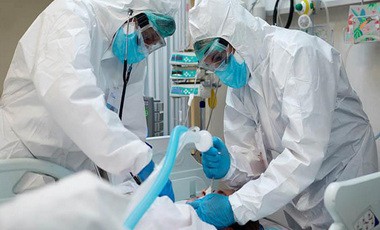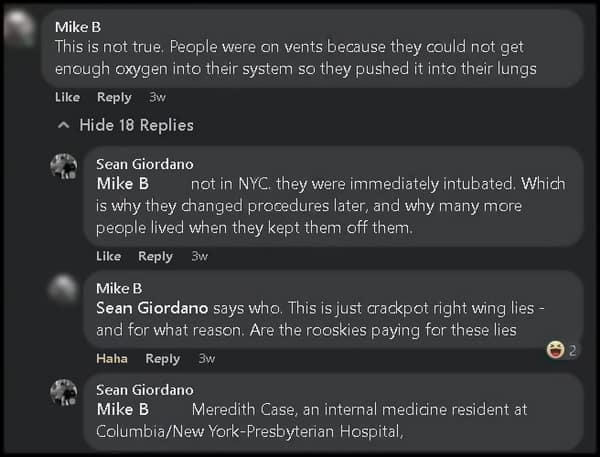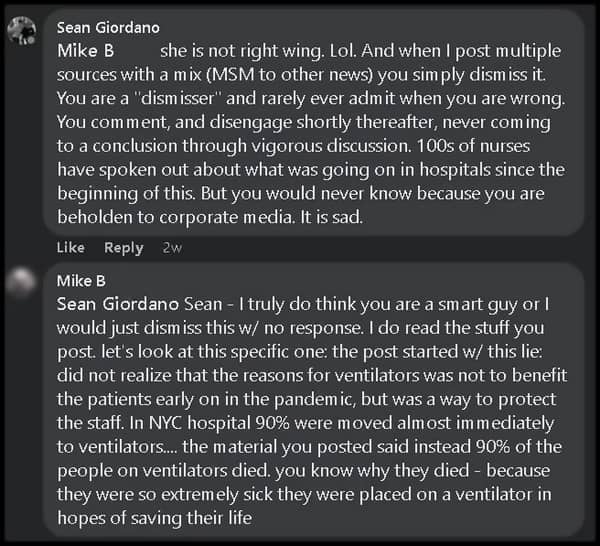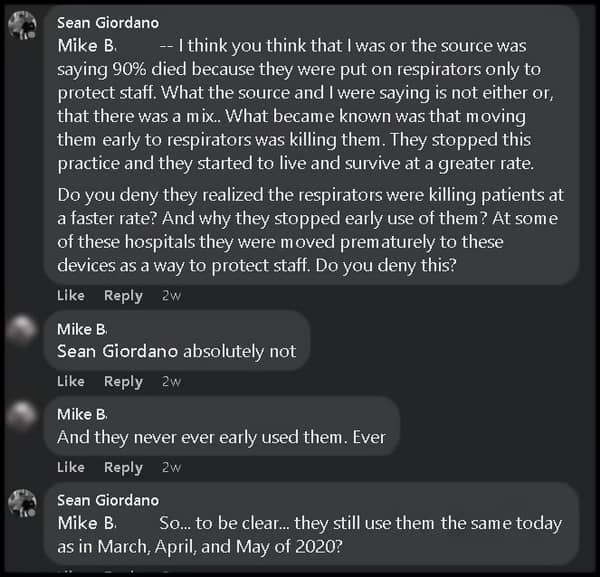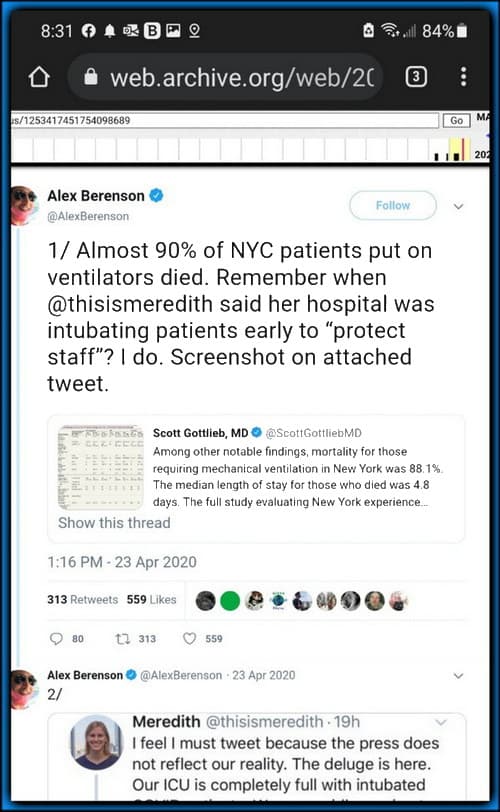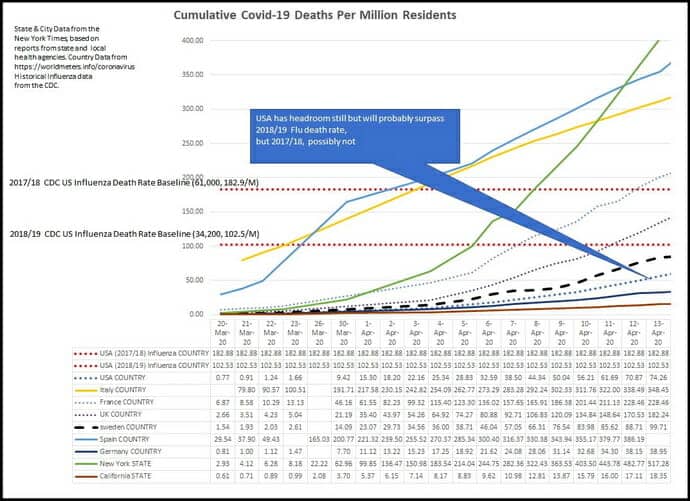…But why aren’t there any masks?
Surgical masks, like anything in the medical field, are tightly regulated. You can’t just make a mask. Some masks have to be certified by the FDA and others by the CDC. Some are certified by both the FDA and the CDC.
Until recently, the public had no problem buying N95 respirators for use in construction. These masks are certified by the CDC. Why is the CDC in the business of certifying industrial masks, you may wonder? Because, as discussed previously, the CDC does every possible thing except what people think it does. The component of the CDC that does this is the National Institute for Occupational Safety and Health.
NIOSH is not to be confused with OSHA, even though they were created at the same time, through the same law, and serve a very similar function: making this another skein in the infinitely tangled web of the federal bureaucracy.
The Open PPE Project launched an effort to quickly create N95 masks only to be told by NIOSH that approving a new mask production facility would take between 45 and 90 days.
Meanwhile there are reports of large stockpiles of masks sitting around waiting for an FDA inspector.
The United States government has a stockpile of 12 million NIOSH approved masks and 5 million that are expired, and are therefore not approved by NIOSH. Except it may approve some conditionally for use.
The FDA and CDC bureaucracy are not up to speed with the current crisis. There aren’t enough inspectors and the Wuhan Virus won’t wait on inspectors from the FDA or NIOSH to do their job.
Instead of streamlining its approvals and inspection process, the CDC lowered its mask protection recommendation for health care workers on the front lines.
The CDC is willing to tell health care professionals to use scarves, rather than accelerate approvals.
Meanwhile N95 mask manufacturers feared being sued if masks meant for industry were used in surgical settings, which meant that they wouldn’t sell those masks to health care providers. At least not until a law protecting them against lawsuits was passed. All this, of course, took even more time.
Smaller manufacturers have tried to get in the game, only to discover the regulatory challenges of it. Fashion businesses that tried to jump in have settled for trying to make surgical masks that they hope will be FDA certified. Meanwhile the big manufacturers were making masks in the People’s Republic of China. And those masks are not leaving ChiCom territory except by the express will of its government.
Worse still, as the crisis grew, the People’s Republic of China bought up **THE WORLD’S SUPPLY OF MASKS, at one point importing 20 million masks in 24 hours. American companies even eagerly donated masks.
**…The U.S. mask gap stands in stark contrast to what other nations have on hand: the U.S. has one mask for every three Americans (masks are not supposed to be shared), while Australia has 2.5 masks per resident and Great Britain boasts six. “With the recent outbreak of the novel H1N1 influenza virus,” warned Representative Kay Granger, a Texas Republican, “it has become clear that we need to purchase more medical supplies and replenish the Strategic National Stockpile.” (Read “How to Prepare for a Pandemic.”)
Maskmakers are worried too, especially since ramping up production in the midst of a pandemic won’t be easy. Most maskmaking operations have moved outside the U.S., and 90% of masks sold in the U.S. now come from Mexico or China. But if the U.S. suddenly put in orders for millions of masks, Mexico and China would be unlikely to export their supplies before making sure their own populations were fully protected. “HHS knows the problem exists and yet they won’t tell the health-care industry,” says Mike Bowen of Texas-based Prestige Ameritech, the largest and one of the last remaining American mask manufacturers. “If they would only admit the problem exists, American hospitals would buy American masks and the manufacturing infrastructure would return.” (Read “Battling Swine Flu: The Lessons from SARS.”)… (TIME)
But why was the United States so unprepared for a run on masks before the pandemic arrived?
After Katrina, the Bush administration had set a goal of billions of masks in case of a major disaster. But that goal was never met. When the H1N1 swine flu outbreak arrived, we were badly unprepared.
The last run on masks took place during the H1N1 swine flu outbreak under Obama. Hospitals and health care providers began running low on masks and the Strategic National Stockpile released 85 million N95 masks. The stockpile was never replenished and today there are only 12 million N95s.
There were warnings back then that “maskmaking operations have moved outside the U.S., and 90% of masks sold in the U.S. now come from Mexico or China” and that “Mexico and China would be unlikely to export their supplies before making sure their own populations were fully protected.”
While the Obama administration threw billions at assorted solar and wind boondoggles, it failed to invest the money that would have set up reliable mask production in the United States of America. All the experts who claimed that “science” predicted the imminent demise of the planet had been too busy trying to control the weather through higher taxes to spend money on anything as crude as masks.
The secret warehouses where the strategic mask reserve was supposed to be kept are a mess and millions of the masks are expired. New York City asked for millions of masks and got 78,000 expired masks. Oklahoma got 500,000 expired masks. This is the situation, not just at the federal level, but state mask stockpiles, where they exist, also often consisted of storehouses of expired N95 masks.
Had the Bush administration’s National Strategy for Pandemic Influenza been followed, there would be no mask shortage. And had the Obama administration at replaced the masks that it withdrew from the Strategic National Stockpile, we might have had 100 million or so masks in the stockpile.
And had we brought mask manufacturing back to America, we would have a pipeline for making more.
Instead the Wuhan Virus brought a perfect storm, cutting us off from our manufacturing sources in the People’s Republic of China, after the Obama administration had depleted our mask reserve, while regulatory barriers make it difficult for companies quickly get in the game and produce more masks.
President Trump has done his best to cope with a sudden disaster that was decades in the making….
